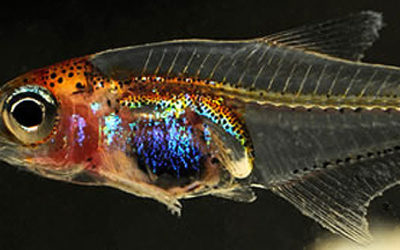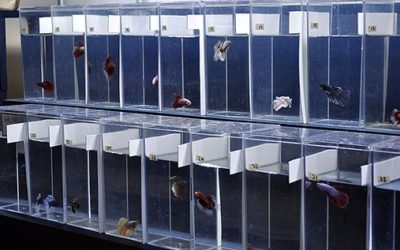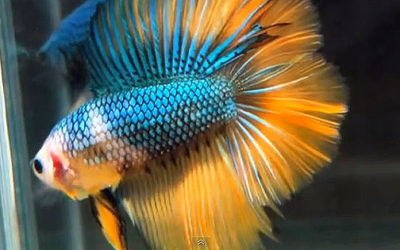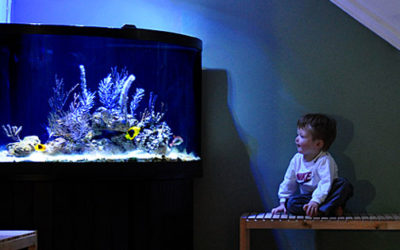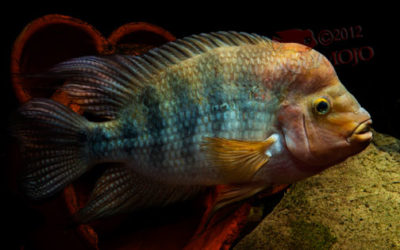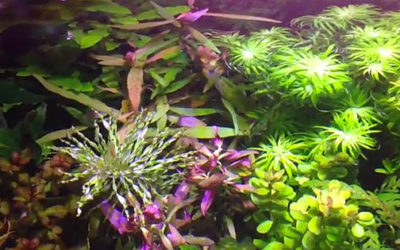Fascinating look at Victoria regea, the spectacular Giant Amazon Lily, with David Attenborough and additional videos of the Kew Gardens Giant Amazon Lily pond house.
Freshwater Articles
PlanetXingu FundRazr Campaign To Fund Rio Xingu Scientific Expedition
The Lower Rio Xingu, imminently threatened by the Belo Monte Dam project, is the subject of a grassroots crowd-funding effort to support biodiversity research before it’s too late.
New See-Through Nano Tetra Discovered
“It is a strange little animal, completely transparent with an otherwise unique colour pattern,” says London Natural History Museum fish ichthyologist Dr. Ralf Britz of a tiny new tetra he helped identify and name.
The Betta Son – Part 4
Catch a personal look at Ethan’s experience with his new pet bettas.
The Betta Son – Part 3
Matt and Ethan head on a road trip to pick out Ethan’s first Betta.
The Betta Son – Part 2
A confluence of events helps Matt decide what Ethan’s first fish will be.
AMAZONAS Featured Video: Betta Portfolio
If “Ho Hum” is your first reaction to mention of Betta splendens, you may be a bit out of touch.
The Betta Son – Part 1
Deciding it’s time for a child to have his first fish.
Today in the Fishroom – Amphilophus hogaboomorum
Mo Devlin gives his Amphilophus hogaboomorum room to do what cichlid fish do best…breed and raise fry.
AMAZONAS Video: 17-Gallon Wonder Planted Tank
A short video of an amazing 17-gallon planted tank (ADA 60P), edited with full Hollywood effects.



